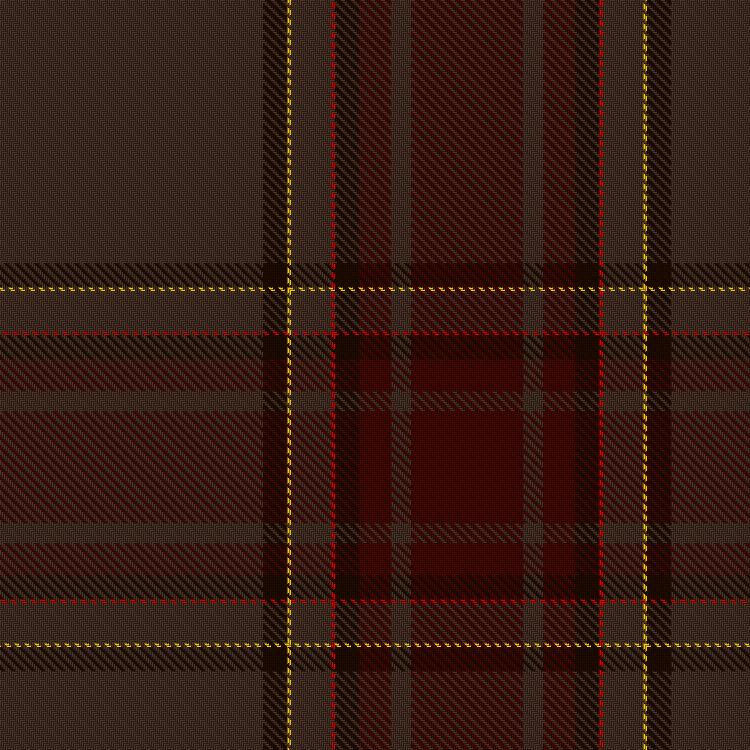Click the tartan to view its entry in The Scottish Registers of Tartans which includes registration details, restrictions, and registrant information.
Unregistered tartans may link to one of the web's online design environments for similar information.
For any questions about reproduction of designs or weaving of these tartans, please contact the registrant directly or via this website.
Cappuccino Day
"Cappuccino, Frappuccino, Mochaccino, Al Pacino ..." ~ Coffee jump rope song
If the words "Caramel Frappuccino with almond milk and a shot of espresso" have never passed your lips, you may be a coffee purist. If so, do you also follow the Italian Food Rules? Italians believe the fresh whole milk that makes up over half of the contents of this drink plays havoc with digestion. Depending on your locale, to order a cappuccino after 10am, unless you are breakfasting late, may subject you to a raised eyebrow, a worried shake of the head, or outright ridicule! The cappuccino receives its name from the red-brown colour of the hooded robes worn by monks and nuns of the Capuchin order in 17th century Europe. To improve your Italian coffee credentials, remember to drink your cappuccino while it is hot and the foam is still there, or if you must have a variation, order the cappuccino scuro, a cappuccino made with less milk. ☕
This tartan, by designer Carol A.L. Martin, is meant to express the colours of double espresso and streamed milk foam of a cappuccino.
The difference between a cappuccino and a latte is the ratio of coffee to milk and foam. A cappuccino has a ratio of 1:1 milk to espresso, and a latte of 2:1 milk to espresso. Also, In a latte the milk is heated as opposed to being frothed. In a cappuccino the milk is frothed (converted into a microfoam) to about double it's original volume.
The word 'Cappuccino' is the diminutive form of cappuccio in Italian, meaning 'hood' or something that covers the head. The beverage receives its name from the red-brown colour of the hooded robes worn by monks and nuns of the Capuchin order in 17th century Europe.
Although the word 'Cappuccino' in its Italian form is not generally used until the 20th century, the related German word, 'Kapuziner' is mentioned as a coffee beverage as early as the 18th century in Austria, and is described as 'coffee with sugar, egg yolks and cream' in dictionary entries. The use of fresh milk in coffee in cafés and restaurants is a newer phenomenon (from the 20th century) when refrigeration became common.
In Italy, and throughout continental Europe, cappuccino is traditionally consumed early in the day as part of the breakfast, with some kind of sweet pastry. Generally, Europeans do not traditionally drink cappuccino with meals other than breakfast, preferring espresso throughout the rest of the day and following dinner.
Regardless of your cappuccino drinking schedule, click the cup above for a cappuccino tiramisu recipe that is sure to please.








